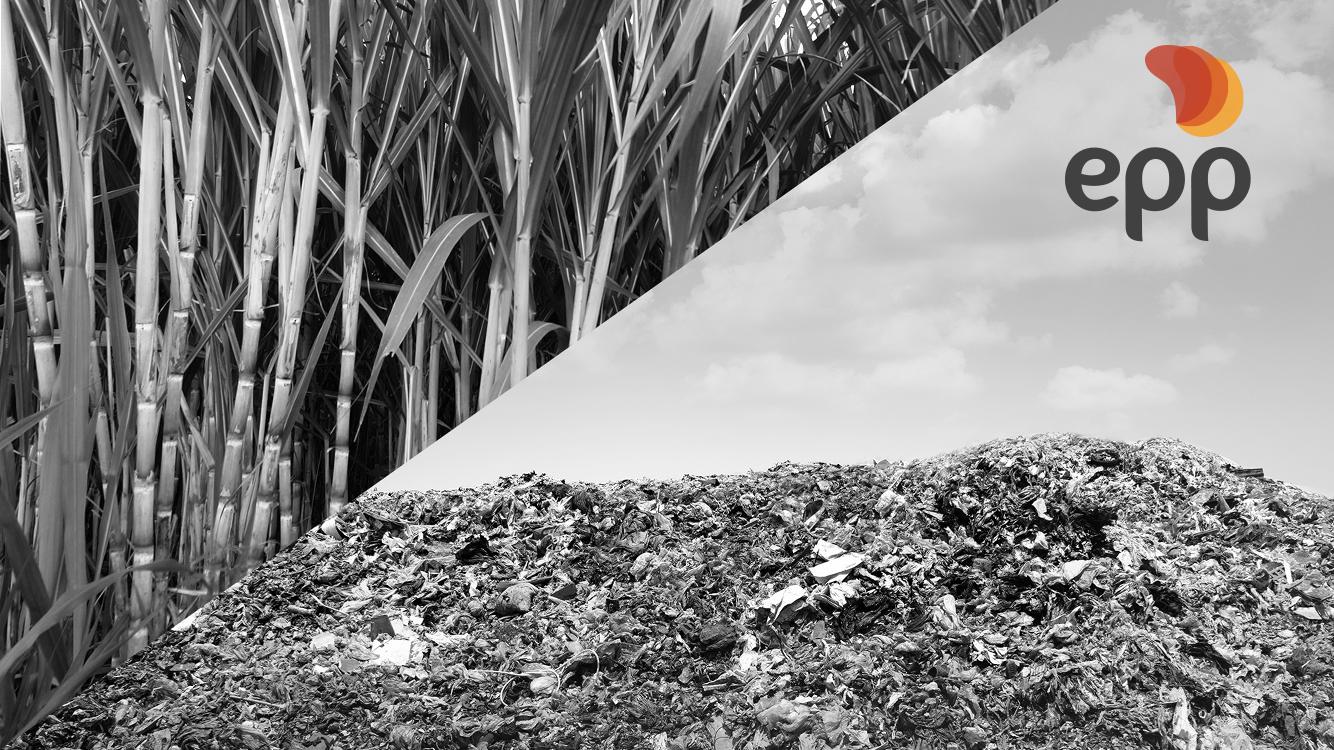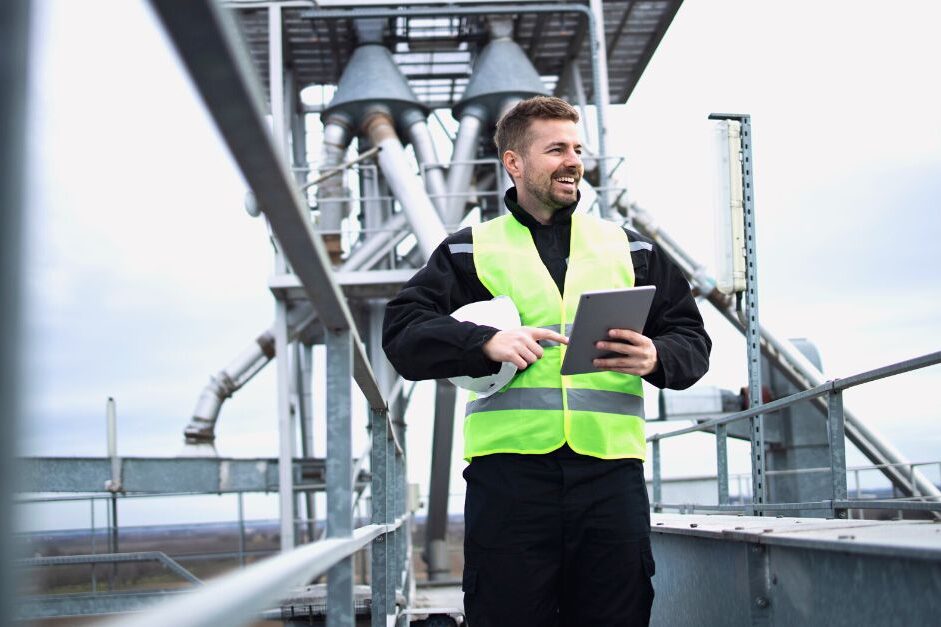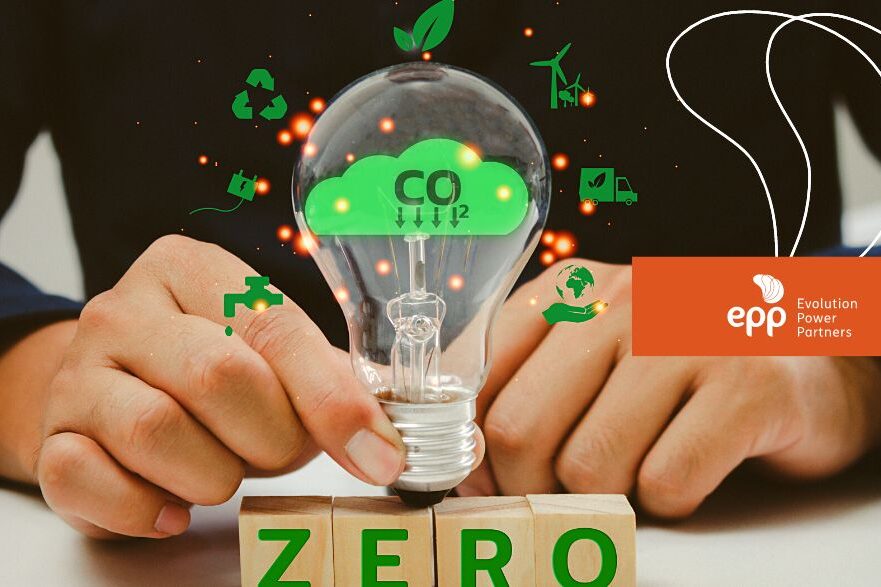Although it has a small share in the energy matrix, biogas and biomethane can grow up to 40% in the world energy matrix by 2040.
The Brazilian energy matrix is formed by several energy sources, 43% of which come from renewable sources, such as wind, hydraulic, solar and biomass. Although biogas still has a small representation compared to other options, around 1%, there is an expectation that the demand for this matrix will grow and that costs will be reduced.
The International Energy Agency (IEA) published, in 2020, a report presenting growth prospects for biogas and biomethane worldwide until 2040. With the collaboration of the Brazilian Biogas Association (Abiogás), the study showed that there is an availability of huge sustainable raw material, mainly in Brazil, which is still totally untapped. To better understand, read the content to the end.
The importance of biogas / biomethane in Brazil
The production of biogas and biomethane is essential, since this transformation helps to reduce greenhouse gas emissions. Thus, in addition to its great environmental importance, this energy source is strategic and competitive. First, biogas occurs in a high degree of decentralization. That is, it is possible to produce and consume it in the same place or transport it via Compressed Natural Gas (CNG) or inject it into gas pipelines.
Another point is that biogas is produced from the digestion of anaerobic bacteria from organic substrates, resulting in environmental sustainability and helping in the correct destination of the generated solid waste. This gas is potentially usable for generating electrical, thermal or automotive energy.
Biomethane is a gas from biogas and is obtained by removing water vapor, carbon dioxide, hydrogen sulfide and has greater combustion power than biogas. As an automotive fuel, it behaves similarly to CNG. Three Brazilian economic sectors are responsible for the biomethane production potential: sugar-energy, food production and sanitation (MSW and sanitary effluents).
Participation in the Brazilian matrix and prospects for the future
If landfills in the world had systems for transforming methane into biogas, it would be possible to reach 8% of the world’s potential. This production could reach three and a half times the current supply of biogas at a cost equal to or less than that of natural gas.
The study carried out by the IEA, based on the year 2018, showed that the production of biogas in Brazil was 35 million tons equivalent (Mtoe). Value well below the calculated potential, which was 570 Mtoe for biogas and 730 Mtoe for biomethane. The full use of the potential could supply 20% of the current gas demand worldwide.
The expectation is that the sector’s growth will be 40% in the next 20 years. The greatest opportunities are in the Asia-Pacific region, where natural gas imports are increasing, as well as North America, South America, Europe and Africa. As there is an increase in the availability of raw materials and an increasing improvement in the collection and management of waste, the trend is for the market to develop.
With the technologies, the cost of producing biogas and biomethane has become increasingly cheaper, in addition to encouraging the reduction of emissions of greenhouse gases that potentiate this production and increase competitiveness. For the president of Abiogás, Alessandro Gardemann, this type of gas will have a complementary role to that of natural gas, competing with other more expensive energy sources, such as diesel and LPG.
Therefore, biogas has a fundamental role in a scenario of sustainable development, which meets all the global goals set to face climate change, providing access to modern and cleaner energy.
On 09/29, the National Agency of Petroleum, Natural Gas and Biofuels (ANP) approved ANP Resolution No. 886/2022, which amends ANP Resolution No. toilets and sewage treatment plants.
The resolution on biomethane from landfills and sewage stations
Landfills and sewage treatment plants produce biomethane on a daily basis. Over time, bacterial decomposition produces biomethane. However, the generation of this gas can also compromise the emission levels of greenhouse gases. Thus, using this gas as a fuel is a popular alternative to fossil fuels because it pollutes less and causes less climate change.
The main objective of the amendment to the standard is to contribute to compliance, by biomethane producers, with the aforementioned resolution, with regard to the methodology of analysis of halogenates, which are compounds harmful to health and/or that can, among others, damage the energy production equipment, vehicle engines and therefore need to be removed in the biomethane production process.
In addition, in the new resolution, the deadline for hiring laboratories accredited by Inmetro to carry out such analyses, as established in the old resolution, was excluded. The change will also meet the standardization of devices and structures of regulatory acts.
Biomethane is a sustainable alternative to landfill and sewage plants
Generating biomethane is a viable solution for urban management and an important step towards the sustainability of cities. Generating biomethane from landfill gas and sewage stations reduces waste disposal costs and fosters the pillar of the circular economy.
In addition, some countries already use this gas as an alternative to fossil fuels in cars, reducing costs and expanding the energy transition. Europe, in particular, already uses this gas in public transport, as well as in industrial environments. Countries with cold climates can even use it to heat homes and businesses, keeping energy costs down.
In Brazil, the sector has been developing with 27 new biomethane plants planned for the coming years, according to Abiogás. The expectation is that the national production of biomethane will reach 2.2 million m³/day by 2027. Of this total, 1.3 million m³/day should come from biogas produced in the sanitation sector, with 700 thousand m³/day from the segment sugar-energy and the agro-industrial segment with more than 200 thousand m³/day.
Gás Verde produces biomethane, the 100% renewable fuel, issues the CBIO decarbonization credit according to ANP specifications and, as of 2023, will produce green CO2. It also provides customers with the BIORec, a traceability certificate for the biomethane purchased.
Gás Verde’s sustainable solutions support the treatment of waste, the transition of companies to a cleaner energy matrix and, by 2023, will contribute to avoiding 500 thousand tons of CO2 in the atmosphere.




